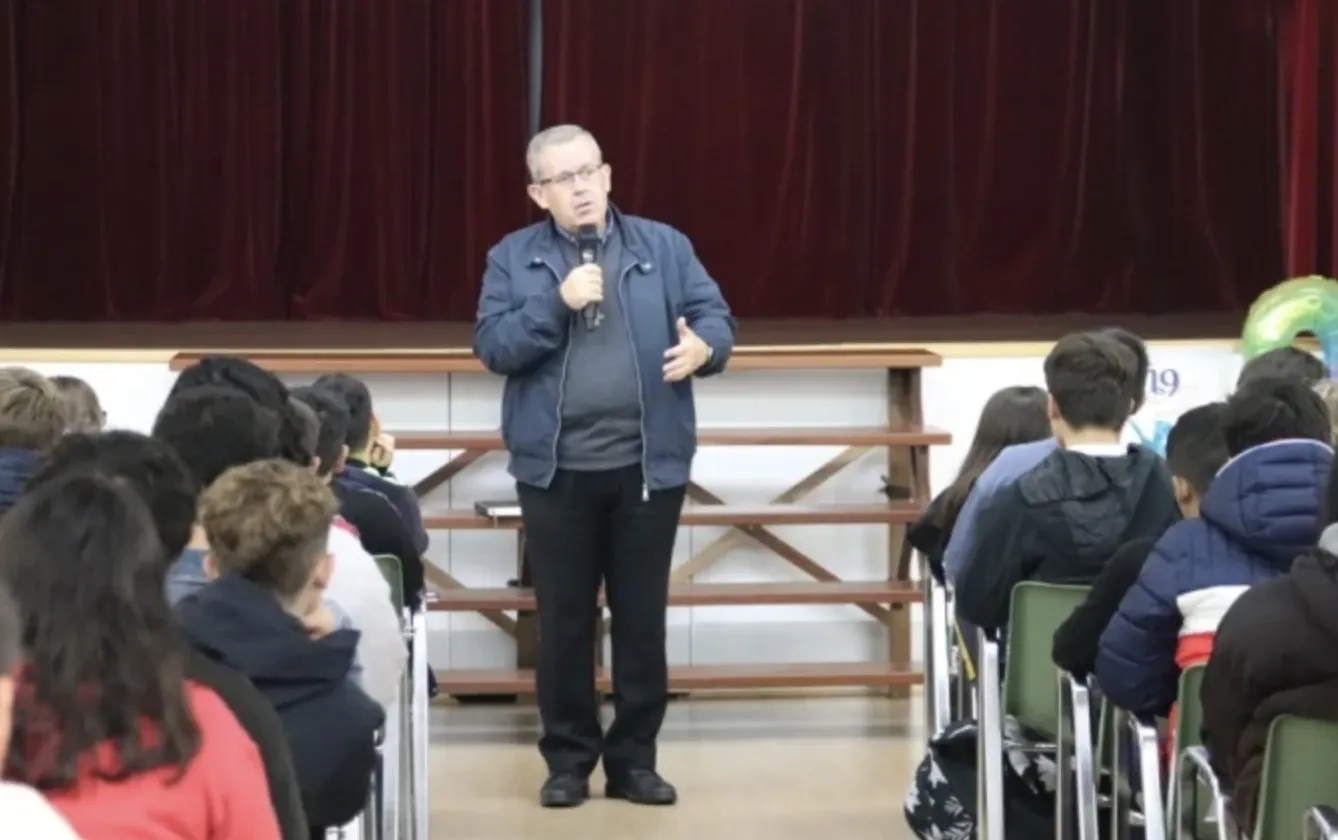“This film is based on actual events and the stories of real people,” the opening credits read. “It is dedicated to all those who have preserved their faith during the long night of Communism.”
The film will bring many viewers to tears as they experience the emotional turmoil of those who were traumatized by the Soviets during the persecution. This should come as no surprise because many Ukrainians were either alive during Soviet persecution or are descendants of the persecuted.
Viewers will hear Communist propaganda just as those who lived it heard it. There was propaganda before the repression, where people were assured that the Communists would bring in a new world where no one would be rich or poor; all would be fair. And there was propaganda at the concentration camp, where songs about the glory of the Soviet Union were blasted out over a loud speaker even as the inmates were told they no longer had a name, but a number; they no longer had a voice, but had to obey every command quickly and silently.
Viewers will also experience the repression of people sent to Siberia for attending a prayer service, wearing a medal, or owning a Bible – and the agony of those who did not know if their loved one was alive or dead, or where they had been taken. Ukrainian Catholics risked their lives to save religious objects from their churches and to hide religious objects, even as their oppressors dug up the ground around their homes to ensure no such objects were present.
All of this takes place even before the story of Father Sebastian Sabudzinski is introduced. How did the Ukrainian people survive? Viewers will see that even as those holding a prayer service at a cemetery are either killed or sent to Siberia, “faith and love for God were stronger than fear.”
The film was set to premiere in June, but moved up to February due to the Russian invasion of Ukraine.
In its 40th year, EWTN is the largest religious media network in the world. EWTN’s 11 global TV channels are broadcast in multiple languages 24 hours a day, seven days a week to over 390 million television households in more than 150 countries and territories.
EWTN platforms also include radio services transmitted through SIRIUS/XM, iHeart Radio, and over 500 domestic and international AM and FM radio affiliates; a worldwide shortwave radio service; one of the largest Catholic websites in the U.S.; electronic and print news services, including Catholic News Agency, the National Catholic Register newspaper, and several global news wire services, as well as EWTN Publishing, its book publishing division.








